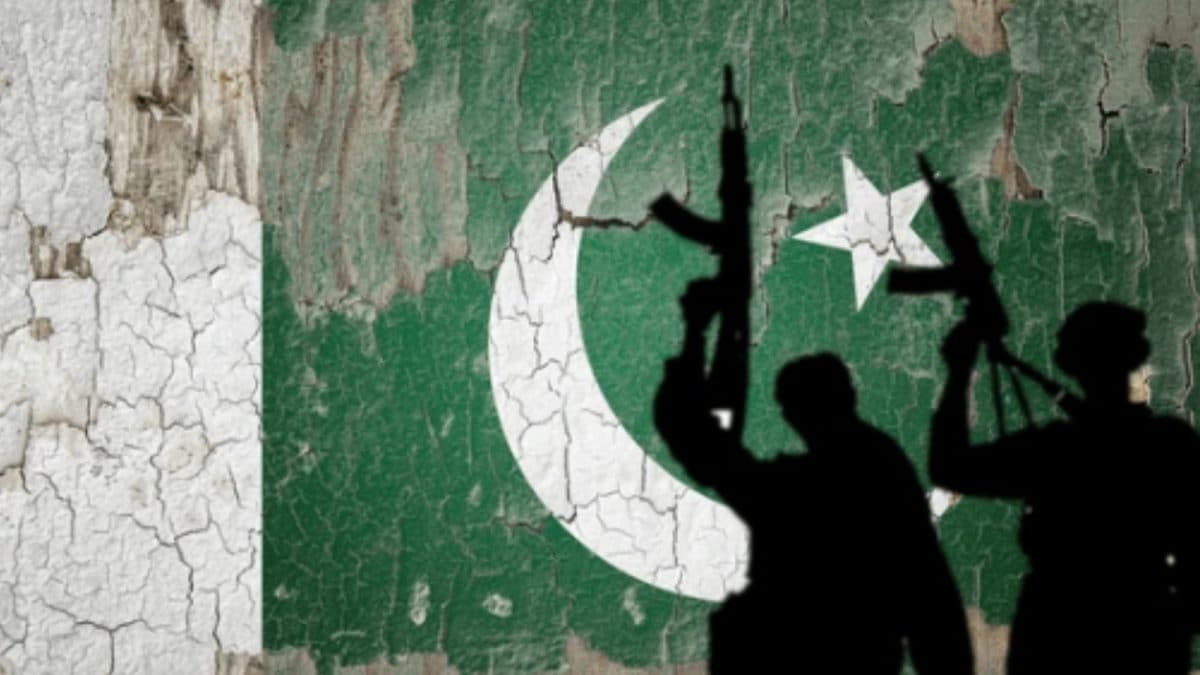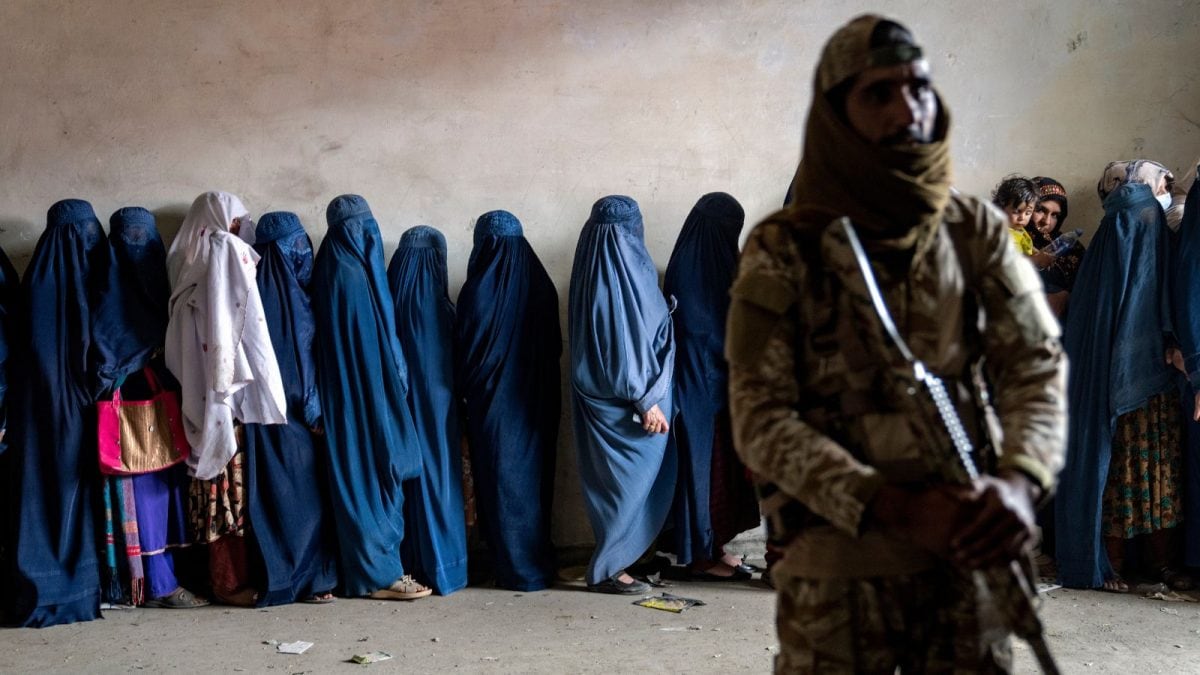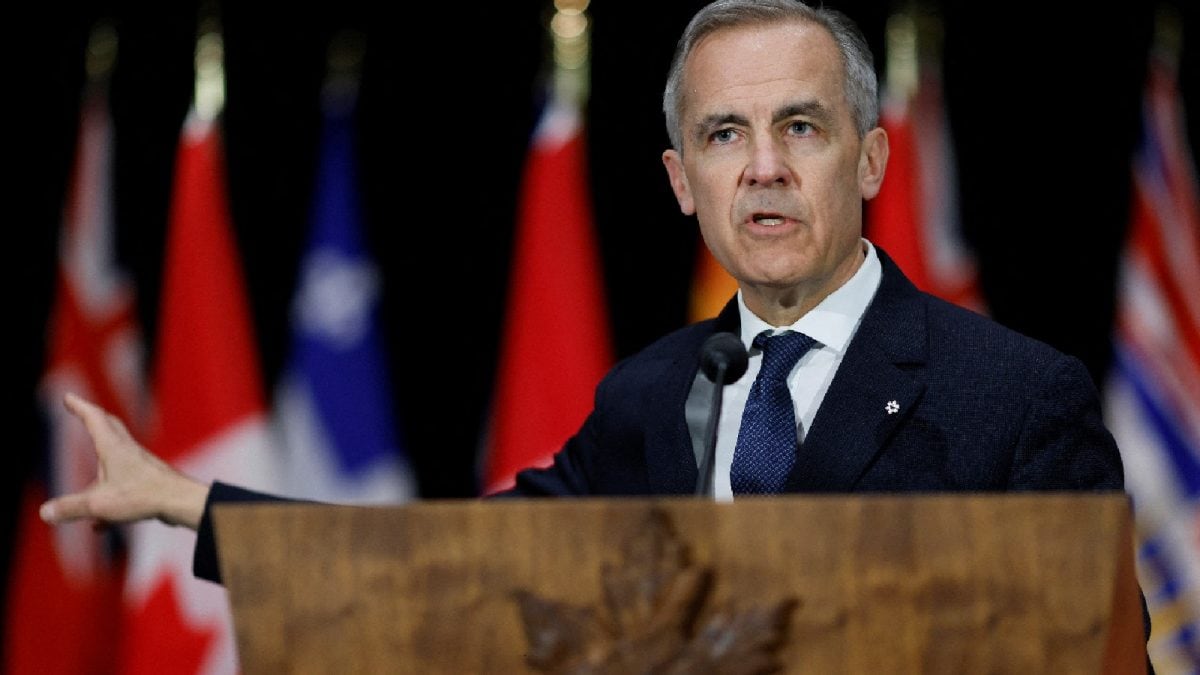Ukrainian special forces executed one of the largest and most complex drone-based special operations in modern warfare, destroying 41 Russian aircraft across multiple airbases using over 100 drones launched from disguised shipping containers.

Ukraine's strikes destroyed 41 Russian aircraft
Ukrainian special forces carried out simultaneous strikes across the length of the Russian Federation, striking air bases and damaging or destroying 41 Russian strategic bombers while they were on the ground. Estimates suggest that over 30 per cent of the Russian Federation’s bomber fleet- Tu-95 and Tu-22s and A-50 airborne radars were destroyed by Ukrainian drones.
Over 100 drones were flown out of shipping containers which discharged the pre-programmed vertical lift drones as they passed near Russian airbases. The bombers were those used to target Ukrainian positions during the war using stand-off weapons like cruise missiles and bombs. Russian media has termed these attacks a ‘Pearl Harbour’, referring to the Imperial Japanese Navy’s surprise attack on the US Fleet in Hawaii in 1941. That attack brought the US into the Second World War.
The Ukrainian attacks, however, come in a war that is now in its fourth year. It is one of the tactical high-points of the conflict and just before the second round of peace talks between Russia and Ukraine in Istanbul on June 2. The first round, on May 16, led to the largest prisoner swap between the two sides.
1. THE LARGEST EVER:
In sheer size, scale and complexity, Ukraine has carried out one of the world’s largest special forces strikes— hitting two air bases in Olenya, Murmansk and Irkutsk, Siberia— over 6000 km apart and in three time zones. It ticks all the boxes of Admiral William McRaven’s theory of Special Operations — a simple plan, carefully concealed, repeatedly and realistically rehearsed, and executed with speed, surprise and purpose. It weaponised civilian logistics, remotely carrying out the attacks without any of its personnel being captured.
Israel carried out two of the world’s most complex special missions — the hostage rescue at Entebbe airport, Uganda in July 1976, where over 100 Israeli soldiers flew over 3000 km across hostile territory to rescue 106 Israeli passengers, killing the terrorists and destroying one-fourth of the Ugandan Air Force on the ground. In 2023, Mossad booby-trapped pagers in 2023 to kill and wound over 1000 Hezbollah operatives in Lebanon.
India’s largest special forces operation. Operation Jackpot, planned by the Indian Navy and carried out by Mukti Bahini naval commandos on the night of August 15, 1971, simultaneously attacked four Pakistani ports across (then) East Pakistan, sinking and damaging 22 merchant ships. The attacks were carried out at four ports — Chittagong, Chalna-Mongla, Narayanganj and Chandpur — in a 500 square km box.
2. DENIABILITY
The Russia-Ukraine war, it can be argued, is a proxy war between Moscow and NATO. Ukrainian soldiers fight on the ground using Western-supplied weapons and communications gear. These have been sore points for Russia, which has threatened to attack NATO bases and ammunition dumps in Europe.
In Spider’s Web however, Ukraine has emphasised that the attacks were carried out on its own without NATO / Western support. President Volodomyr Zelenesky emphasised in a post on X that the ‘result was achieved solely by Ukraine’. This was done to minimise potential fallout on the West. The attack used Ukrainian drones and was quickly owned up by the Ukrainian government. No Western-supplied weapons like the long-range Taurus missiles were used. Ukraine released images to show they used commercially available high-resolution satellite imagery to target the bombers parked in the open.
3. WILL RUSSIA USE NUCLEAR WEAPONS?
Russia has threatened to use nuclear weapons at least once during the four-year conflict. The June 1 attack is problematic because it struck Russia’s strategic bomber fleet. This means Russia now has fewer aircraft to launch nuclear weapons with in case of a full-scale war. Russian officials have threatened retaliation for the June 1 Ukrainian attacks. Russia launched a wave of over 400 drones on Ukraine on June 1, soon after the Ukrainian attacks. It could do what it has done in the past-- fire the Oreshnik, hypersonic but conventionally armed missile, which cannot be intercepted.
4. THE AGE OF DRONE WARFARE HAS ARRIVED
Even before 2022, there were indications of this in the Armenia-Azerbaijan conflict and in the Houthis’ strike on the Saudi Arabian oil refineries suggested drones were an adjunct of all conflict. The Russia-Ukraine war ushered in a new age of drone warfare where drones have replaced every single platform from manned fighter aircraft to small arms. Both Russia and Ukraine are using tens of thousands of First Person View (FPV) drones, and their descendants, the wire-guided FPV drones (which cannot be jammed), to create dense, impenetrable drone walls.
This has led to a World War 1 kind of scenario where the advent of artillery and the machine gun made open movement on the battlefield incredibly dangerous, leading to trench warfare where both sides dug into the earth for protection, creating elaborate trench systems.
5. LESSONS FOR INDIA
India extensively used drones to target Pakistan during the four-day Operation Sindoor air strikes, using them as decoys and to attack Pakistani military targets. But the bigger lessons are for Pearl Harbour-style attacks on Indian targets. In 2021, Pakistani non-state actors struck at an Indian air base in Jammu.
The attack saw two quadcopter sized drones dropping two improvised explosive devices which exploded without killing anyone. It was a warning shot because the attackers missed several helicopters parked in the open. The composition of the IED- a military-grade shaped charge - suggested state involvement in the attack. Pakistan could use similar tactics to carry out mass, simultaneous strikes on Indian airbases and other installations. Aircraft and helicopters are most vulnerable when they are parked on the ground, and in the open. The easy availability of commercial satellite imagery means the location of all aircraft and warships and submarines is easily known.
There is an urgent need for all military aircraft to be covered in blast-proof structures. All air bases must be secured with multiple indigenous counter-UAS systems.
Published By:
Priya Pareek
Published On:
Jun 2, 2025

 1 month ago
1 month ago


















